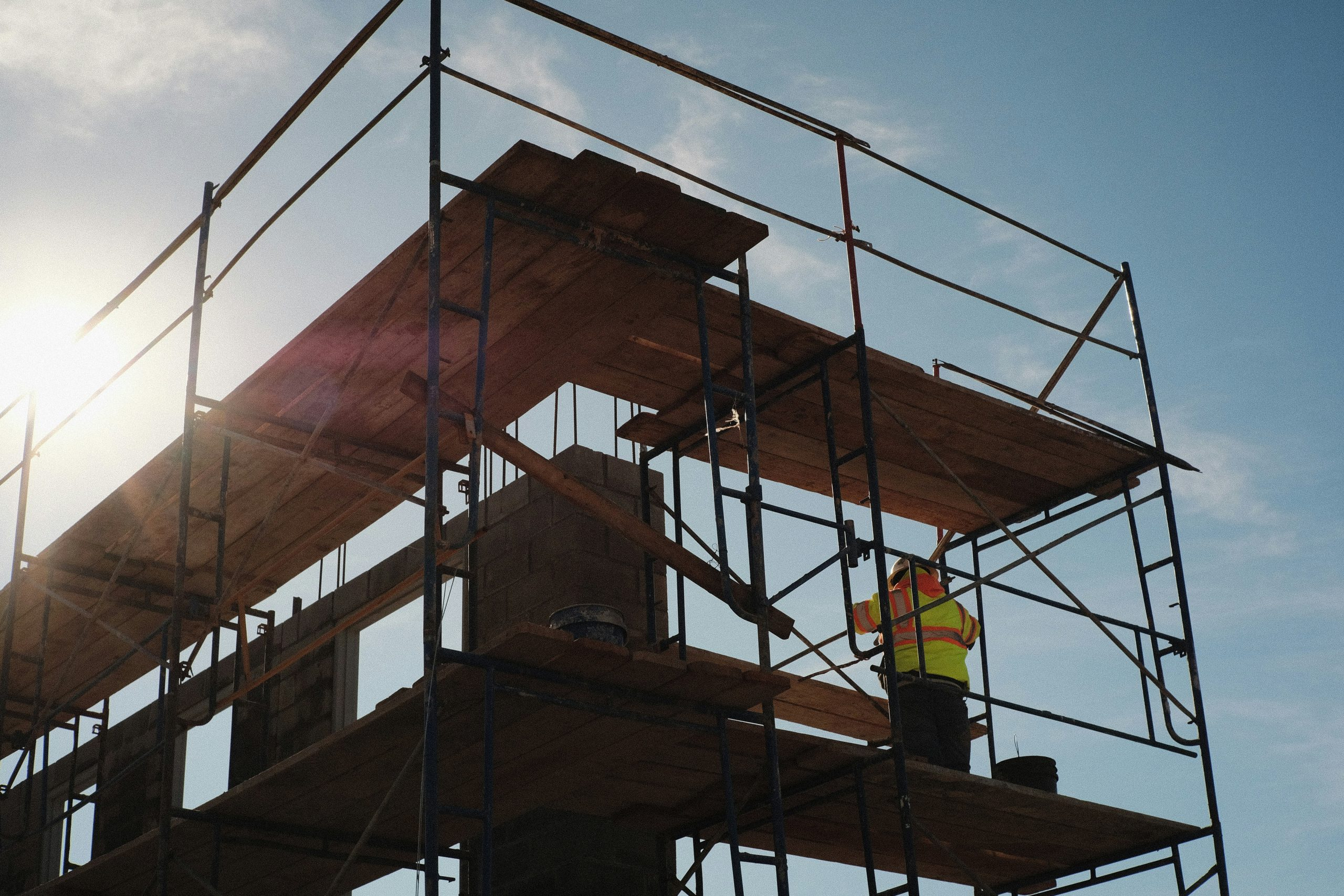How Modular Infrastructure Changes Construction Methods
The construction industry is constantly evolving and finding new ways to improve efficiency and productivity. One of the key factors driving this change is the rise of modular infrastructure. Modular construction involves building structures off-site in controlled environments and then assembling them on the construction site. This innovative approach to construction has been gaining popularity in recent years, and for good reason. In this article, we will explore how modular infrastructure is changing traditional construction methods and the many benefits it offers.
Understanding Modular Infrastructure
In simple terms, modular infrastructure is a construction method that involves building various components of a structure in a factory or warehouse setting and then assembling them on the construction site. These components, also known as modules, are prefabricated to exact specifications and can include walls, floors, ceilings, and even entire rooms. This approach to construction is much different than traditional methods where everything is built on-site from scratch.
The Shift in Construction Methods
Speed and Efficiency
One of the main advantages of modular infrastructure is the speed at which it can be completed. Since the modules are built off-site in a controlled environment, there are no delays due to weather conditions or other external factors. This results in a faster construction process and shorter overall project timelines. Additionally, since modular construction is highly standardized, it allows for more efficient project planning and management.
Cost Savings
Modular infrastructure also offers significant cost savings in comparison to traditional construction methods. The controlled environment in which the modules are built allows for better quality control, reducing the chances of mistakes and rework. This means less waste and fewer cost overruns. Additionally, the modular approach allows for better budget predictability, as the cost of each module is known upfront.
Flexibility
Modular construction offers a high level of flexibility, making it suitable for a wide range of projects. Since the modules are built off-site, there is less disruption to the construction site, making it an ideal choice for projects in densely populated areas. Furthermore, the modular approach allows for easy customization, making it possible to design unique and complex structures while still maintaining efficiency and speed.
The Benefits of Modular Infrastructure
Reduced Environmental Impact
Modular infrastructure has a significantly reduced environmental impact compared to traditional construction methods. The controlled environment in which the modules are built allows for better energy efficiency, resulting in lower carbon emissions. Additionally, since modular construction creates less waste, it helps reduce the amount of construction debris that ends up in landfills.
Innovative Design
The modular approach to construction allows for more innovative design options. With the ability to customize each module, architects and designers have more freedom to create unique and functional spaces. This has opened up new possibilities in sectors such as hospitality, healthcare, and education, where functional and aesthetically pleasing spaces are crucial.
Improved Quality Control
As mentioned earlier, modular construction offers better quality control compared to traditional construction methods. Each module is built to exact specifications using high-quality materials. This not only results in a better end product but also reduces the chances of costly mistakes and rework. The factory environment also allows for consistent quality and precision, leading to a higher level of overall construction quality.
The Future of Construction
Modular infrastructure is quickly becoming the preferred method of construction for many developers and builders, and it’s not hard to see why. With its many advantages, from speed and cost savings to improved quality and flexibility, modular construction is changing the face of the construction industry. As technology continues to advance, we can expect to see even more innovations and improvements in this construction method in the future.
In Conclusion
Modular infrastructure is revolutionizing the construction industry, offering a faster, more cost-effective, and environmentally friendly alternative to traditional methods. With its many benefits and growing popularity, it’s safe to say that modular construction is here to stay. As more and more developers and builders embrace this approach, we can expect to see a significant shift in the way we build in the future.











